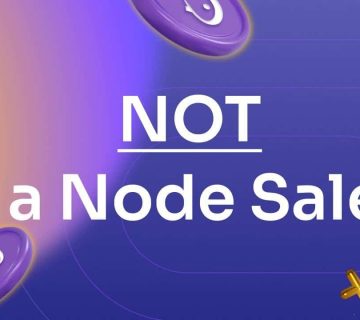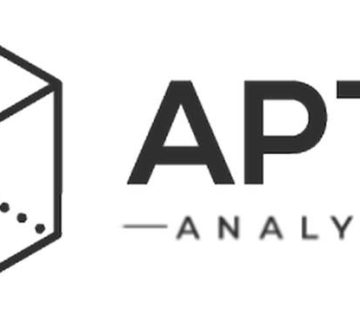Ordinals developers are pioneering ways to make reduce blockchain bloat caused by Bitcoin NFTs, potentially reducing their creation costs by 90%.
The latest among these is BRC69 – a new standard proposed by Ordinals launchpad platform Luminex to “optimize the costs of inscribing on Bitcoin using the Ordinals protocol.”
The BRC69 Standard
According to Luminex’s GitHub proposal, the new standard can not only reduce inscription costs, but also unlocks new on-chain features, such as “pre-reveal collection launching and on-chain reveals.”
This means that NFT collections can use fully on-chain resources to unveil their NFTs, from the pre-reval process to the final reveal of an image and its relevant traits.
“This is accomplished by automatically and seamlessly rendering images on the Ordinals explorer, without the need for additional action,” wrote Luminex.
BRC69 uses a 4-step process: users inscribe images of their NFT traits on-chain, deploy the collection, compile it, and then mint the assets.
The standard builds upon ‘recursive inscriptions’ – a method introduced by Ordinals developers in June that helps work around Bitcoin’s 4MB block size limit. Instead of individually minting thousands of JPEG files onto the blockchain, users can reference content within existing inscriptions of the same collection, and render it later using small amounts of code.
According to Luminex, a recursive Ordinals standard will be necessary as Ordinals popularity rises, and Bitcoin block space becomes “increasingly scarce and costly.” Since popularizing in February, there have been nearly 15 million Ordinals inscriptions on Bitcoin, according to Dune Analytics.
Go to Source to See Full Article
Author: Andrew Throuvalas





